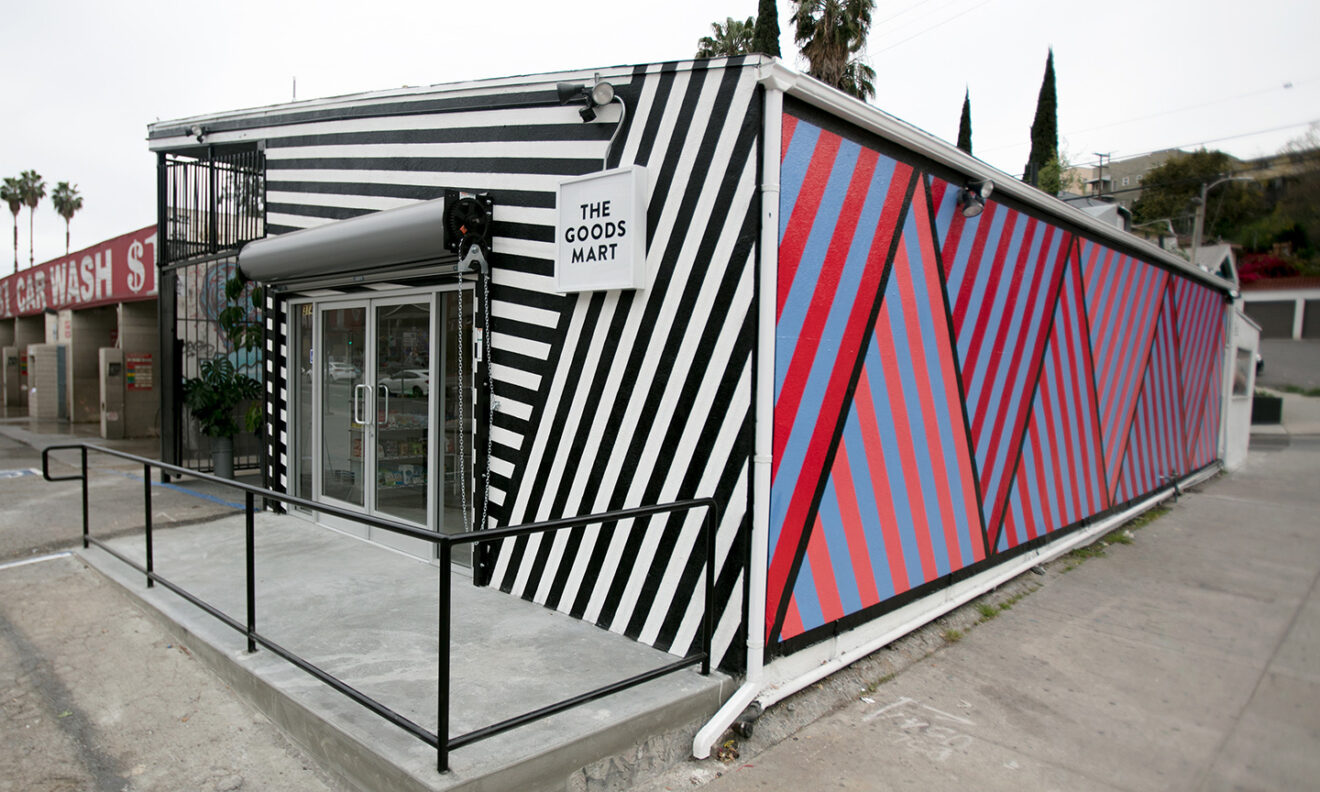Maybe. According to Datassential’s Creative Concepts: Modern C-Stores report, 39% of consumers are interested in seeing meal kits at convenience stores. With perennial disruptor Amazon already offering Amazon meal kits in their Go stores, wider adoption may not be too far off for other convenience stores. At the same time, brands like Wawa and Sheetz are earning best-in-class consumer ratings on key food and beverage indicators like freshness, taste, and overall menu appeal, turning them into true dining destinations. The stage is set for some big changes in this category. These shakeups aren’t just limited to the food itself, as a new generation of c-stores push the boundaries of technology and even social consciousness.
C-stores are a food destination
According to Datassential’s Brand Fingerprints, which captures consumer ratings for hundreds of restaurant, grocery, and c-store brands, Wawa and Sheetz are best-in-class for key food and beverage quality indicators like freshness, taste and menu appeal. In fact, 56% of consumers are likely to recommend Wawa to family and friends, which is just 8% behind beloved restaurant brand In-N-Out Burger.
Foodservice at major convenience chains are taking a cue from restaurants with crave-worthy limited time offers (LTOs) that not only appeal to the changing taste of consumers, but also draw them into the store. Whether it’s a made to order Fiery Mac & Cheese Brisket Bowl from Wawa or a Huevos Rancheros Pizza from Kum & Go, highly unique LTOs drive traffic and further blur the lines between convenience stores and quick service restaurants.
Health leads the next wave of innovation
Despite the cult-like status of some c-store brands, consumers still think there is room for improvement when it comes to healthy options in this space. On average, a third of consumers surveyed for Datassential’s Brand Fingerprints tracker want healthier options from top convenience store chains, but much of this innovation is left to creative independents re-defining the concept of convenience stores. What’s more, these innovative c-stores are not only focusing on healthier options, but also on the greater social good.
Concepts like The Goods Mart in Silver Lake, Calif., rely heavily on convenience store staples like slushies and breakfast handhelds albeit with their own unique “good for you, good for the planet” approach. Slushies get a healthy boost from organic claims and functional ingredients like blueberry and kombucha, and local businesses benefit from supplying not only the slushies, but also sandwiches and breakfast handhelds. As part of their eco mission – another point of differentiation with traditional c-stores – The Goods Mart doesn’t carry any plastic water bottles. With 43% of consumers interested in c-stores with an eco-friendly focus, the brand just might be on to something – they’ve already opened a second location in New York’s SoHo neighborhood.
Tech-driven concepts continue to evolve
Tech enables convenience, but it’s not for all consumers. In fact, consumer interest in eco-friendly and community-focused c-store concepts ranks higher than tech options like mobile payments and cashier-less checkouts. Self-checkouts can be polarizing, with 76% of boomers reporting they prefer a human cashier to self-checkout at the grocery store. As emerging brands like Amazon Go and Stockwell, a vending/c-store hybrid, experiment with human-less retail, the future is still uncertain. In fact, Amazon’s most recent store in New York is the first to accept cash payment in addition to the seamless in/out experience via the Amazon prime app.
Gen Z digital natives are more open to cashier-free shopping and we’re likely to see more tech-driven concepts pop up as this generation comes of age. Consider up-and-coming concepts like New Stand, a half store/half app hybrid that has locations in airports and subways. The shop offers common newsstand items, but also features a dedicated in-app experience with discounts, payment options, and curated content. At a minimum, we can expect to see more self-serve kiosks and mobile payments in c-stores to appeal not only to digital natives, but also deliver on the core value proposition of this retail segment — convenience.
Related stories:
- Living with limits: Food shopping strategies of today’s low-income consumers
- Biodiversity plays a key role in the future of food
- Report: Foodservice industry continues to make progress toward a more sustainable, plant-forward future
Jamie Howe is a director at Datassential, a supplier of trends, analysis and concept testing for the food industry. To purchase the Creative Concepts: Convenience Stores issue mentioned in this article or learn more about BrandFingerprints, contact Datassential Business Development Manager Susan Cohen at [email protected].
__________________________________________________
If you enjoyed this article, sign up for GMA SmartBrief or FMI DailyLead to get news like this in your inbox, or check out all of SmartBrief’s food and travel newsletters as we offer more than 30 newsletters covering the food and travel industries from restaurants, food retail and food manufacturing to business travel, the airline and hotel industries and gaming.
